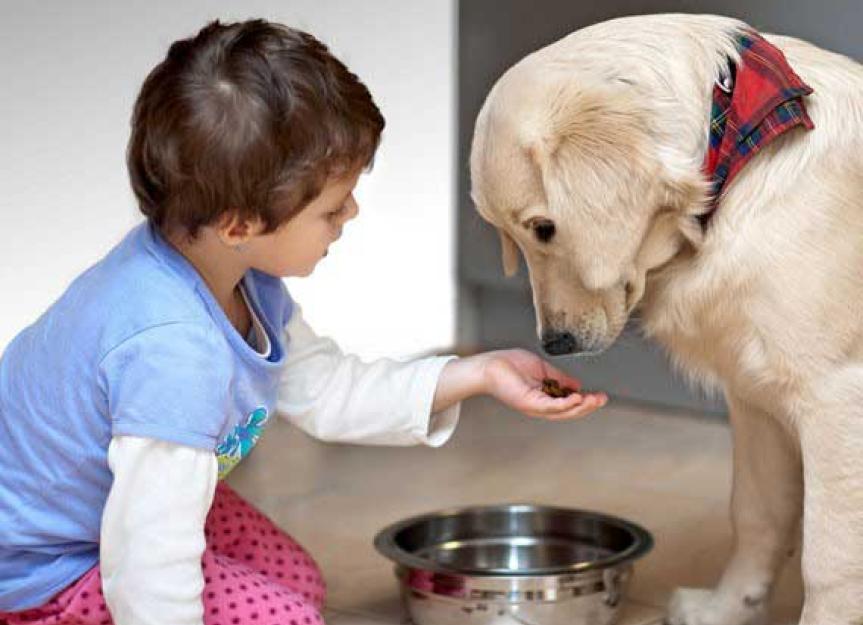How Dog Food Can Make You Sick
Recently the American Veterinary Medical Association issued a policy statement discouraging pet owners from feeding raw diets. The American Animal Hospital Association followed with a similar policy statement. Owners of dogs fed raw diets are now excluded from many groups that offer therapy dog visitations to nursing homes and hospitals. And certainly,studieshave shown that raw diets do pose a greater risk for bacterial contamination to family members than other pet food sources. This, however, does not imply that commercial dog food is risk free.
Just published in theJournal of the American Veterinary Medical Associationis an epidemiology study of aSalmonellaoutbreak in humans exposed to dry, commercial dog food.
TheSalmonellaOutbreak Case
During routine surveillance of retail dog food, Michigan Department of Agriculture inspectors identified a particular strain ofSalmonellain an unopened bag of dog food. The food was traced back to a pet food manufacturing plant in South Carolina that made foods for over 30 brands of pet food. As the 2012 investigation progressed, it was found that 16 brands of dry dog and cat food had been contaminated. The food was shipped to 21 states in the U.S., and to two Canadian provinces.
Fifty-three people were made ill in these locations were infected with the exact strain ofSalmonellafound in the original bag of dog food. All of the patients had fed their pets the contaminated food. The identical strain ofSalmonellawas also isolated from the feces (poop) of the dogs belonging to the patients.
Thirty-one cases of illness in dogs were also linked to the dog food during the same period. No illnesses were reported for cats. Fortunately, there were no fatalities, human or animal, associated with the outbreak.
The source of the contamination at the plant was never identified. Samplings of the plant equipment and ingredients were all negative for the bacteria. Oddly, the workers at the plant “were not considered a likely source of contamination” and were not tested.
This case is not unique. Three other studies have documented humanSalmonellaoutbreaks prior to 2012 which were associated with dry pet food or treats.
How IsSalmonellaTransmitted?
Infection withSalmonellarequires ingestion of the bacteria. The routes of infection for those in this study were not identified. Because 38 percent of the victims were children 2 years or younger, infection may have come from direct eating of the food or inadequate washing of the hands after handling the food or food bowls, or from contact with feces from the dogs. Since most dogs are fed in the kitchen, cross contamination to humans could occur when food bowls are washed with human dishes.
A big concern withSalmonellais that dogs can host the bacteria and be disease free. Their saliva and feces can serve as direct sources of contamination. Flies feasting on feces in the yard can contaminate surfaces and food with the bacteria.
How to Avoid Salmonella Contamination?
No one should fear their pet’s food, dry or raw. We just can’t be complacent about how we handle food. Hand sanitation is extremely important. Food utensil sanitation is important. This is too often forgotten, even in the preparation of our own food. Feces in the yard should be disposed of daily in fly resistant containers. Bacteria have been on this planet far longer than us in their original form and they aren’t going away. Common sense can reduce the risk of human outbreaks from bacteria in pet food.

Dr. Ken Tudor
Image:Petr Jilek/Shutterstock
Help us make PetMD better
Was this article helpful?
